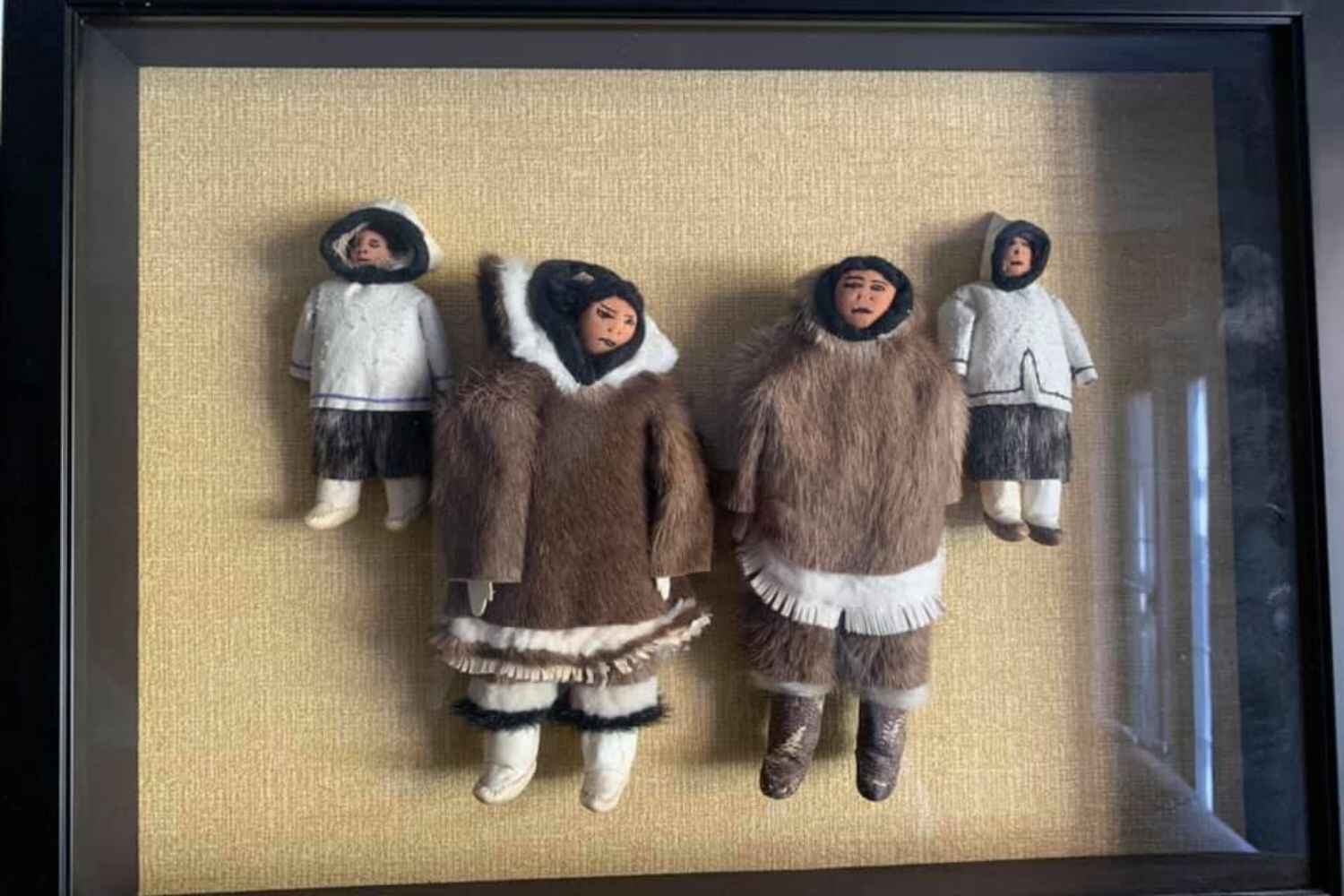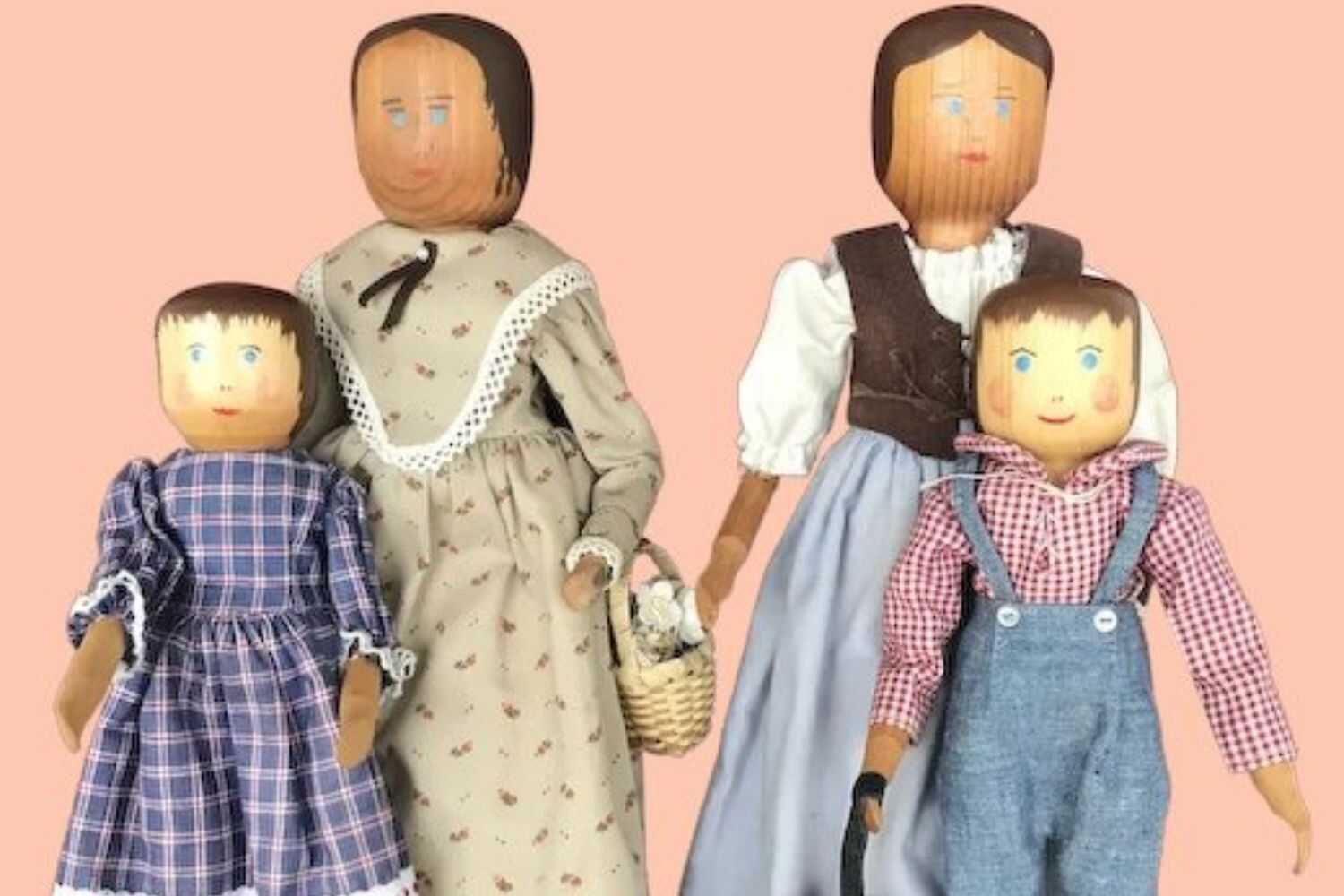Uncover the colorful history behind dolls and learn more about – Where do dolls come from? Get ready to explore the world of dolls!
Where Do Dolls Come From?
We’ve all had a doll – whether it was as a child, part of a collection, or received as a gift. But how often have you stopped to wonder where such an object originated from?
Sure, dolls may now be mass-produced in countries around the world but what about their older roots which can be traced back many centuries ago?
With some fascinating stories and facts behind each one year in the making, it’s time to find out: Where do dolls come from?
From ancient civilizations to modern times, dolls have been cherished as both simple toys and exquisite works of art. Journey back to Egypt, Greece, and Rome to uncover the earliest documented dolls before tracing their evolution to Germany in the 15th century.
A Short History of Dolls – Where Do Dolls Come From?
From ancient Egypt to Greece and Rome, dolls have been cherished playthings for centuries. Archaeological findings reveal that dolls made from clay, stone, wood, bone, ivory, leather, or wax were the oldest known toys.
Egyptian tombs contain wooden paddle dolls dating back to the 21st century BC, while dolls with movable limbs and removable clothing emerged around 200 BC.
Greek dolls made of clay with articulated hips and shoulders have also been unearthed. While rag dolls and stuffed animals may have been popular, no surviving examples exist.
Ancient texts from Greece and Rome reveal that dolls were beloved playthings for young girls, while ancient Roman children were buried with dolls made of clay, wood, or ivory.
Just like children today, Roman youngsters dressed their dolls in the latest fashions. Furthermore, it was customary for boys to dedicate their toys to the gods upon reaching puberty, and for girls to dedicate their toys to the goddesses upon marriage.
The tradition of making rag dolls from spare cloth material has been passed down through generations, with Roman rag dolls dating back to 300 BC.
Traditional dolls are not just playthings but objects imbued with spiritual and ritual significance. Across cultures, these dolls have been cherished as carriers of cultural heritage, tools for children’s education, and even supernatural intermediaries.
While some cultures view dolls as too powerful for children to play with, others embrace their magical powers. Explore the diverse shapes and costumes of African dolls, from the iconic Ashanti akuaba dolls with their disc-like heads to the unique styles of other tribes in the region.
African, Native American, and European societies all embraced the power of effigies for casting spells. From the European poppet to the nkisi and bocio of West and Central Africa, these enchanted objects held great significance.
In European folk magic, poppet dolls were utilized to represent individuals and bring forth desired outcomes through sympathetic magic. Have you ever heard of the infamous practice of sticking pins in voodoo dolls?
While commonly associated with African-American Hoodoo folk magic, it’s important to note that voodoo dolls are not a part of the Haitian Vodou religion.
Nevertheless, these dolls have become iconic in popular culture and are even sold to curious tourists in Haiti. Interestingly, the concept of voodoo dolls in popular culture can be traced back to the European poppet tradition.
Let’s not forget about the enchanting kitchen witch! Originating in Northern Europe, these adorable poppets in the form of witches or crones are proudly displayed in residential kitchens to bring good luck and ward off evil spirits.
Types of Doll

Inuit dolls: Crafted from soapstone and bone, these dolls showcase intricate fur clothing.
Apple dolls: North American dolls with heads made from dried apples – a truly unique and whimsical creation.

Corn husk dolls: Delicate dolls created from dried corn husk, known for their faceless and traditional style.
Pennywoods: Hand-carved wooden dolls and rag dolls created by early settlers, preserving history and craftsmanship.
Matryoshka dolls: Russian nesting dolls that originated in 1890, featuring a set of hollow dolls that fit perfectly inside each other. Stunningly painted with themes ranging from fairy tales to Soviet leaders.
Clay dolls: Originating in Germany in the 13th century and wooden dolls in the 15th century. Exquisite dolls are cherished for their fashionable clothes and elegant simplicity, hailing from 16th-century France.

Peg wooden dolls: from Germany and the Netherlands. From the 19th century onwards, wood was the preferred material for crafting European dolls. Surprisingly, it wasn’t until Queen Victoria’s reign in the early 19th century that glass doll eyes transitioned from brown to the enchanting shade of blue.
In the age of industry, manufacturing techniques transformed, ushering in a new era of dolls. Porcelain heads, both glossy and matte, were seamlessly joined with bodies composed of leather, cloth, wood, or composite. However, it wasn’t until the dawn of the 20th century, with the invention of polymer and plastic materials, that toys truly evolved.
These new materials revolutionized doll manufacturing, making them more affordable, durable, and easier to produce.
Paper dolls: These delicate creations, crafted from paper or thin card, showcased the latest in fashionable attire. Admire the beautiful ballerinas that graced the world of paper dolls, the precursor to today’s celebrity dolls. And who could forget the iconic Shirley Temple paper dolls, a beloved symbol of the early 20th century?
Stuffed toys: In 1880, stuffed toys made their debut, crafted from soft fur-like fabric. These were a stark contrast to ragdolls, which were simpler and made from different materials.
In 1902-1903, the iconic Teddy Bear was born, captivating hearts everywhere.
Black dolls: For those looking for dolls that resemble dark-skinned individuals, black dolls were created specifically for this purpose.
Fashion dolls: In the mid-19th century, fashion dolls emerged, showcasing the latest trends with their bisque porcelain construction. Then in 1959, the iconic Barbie made her grand entrance, revolutionizing the doll industry. Later, in 2001, the competition arrived in the form of the trendy Bratz dolls.
Action figures: designed with boys in mind, burst onto the scene in 1964, offering a new type of doll toy.
Bobbleheads: the popular collectible dolls, started as paper-mache, then evolved into porcelain and plastic. With their characteristic big heads and bobbly movements, they quickly became fan favorites.
Customizable dolls: The 1990s marked the era of customizable dolls. Enter reborn dolls, crafted from vinyl to resemble human babies as closely as possible. And then there are Asian ball-jointed dolls, inspired by anime and known for their articulation and pose-ability.
Conclusion
From Europe to Mexico, the origins of dolls stretch back in time to across continents. Dolls have come to serve many purposes: family heirlooms, tenderness through play, and even top art forms among collectors.
As a reflection of human culture and creativity, dolls continue to evolve and become more advanced with every passing day.
Whether you are an avid doll collector or seeking that special companion for your child, it’s always best to keep your options open when deciding which type of doll is right for you as some carry a more sentimental and unique value than others.
We invite you to explore the rich history behind these traditional toys as it is sure to be an adventure full of wonderful surprises.
Thus, in conclusion, dolls have played an irreplaceable role in our lives and will likely continue doing so well into the future.
Investigate offerings from various regions around the world as each comes complete with its own set of fascinating stories and eye-catching designs – you may even uncover a hidden memory from the past! Start your journey today – who knows where it will take you?
Thanks for reading our article Where Do Dolls Come From? If you want to know more information, visit our website here.
Read more:
How Much Does it Cost to Get Pokemon Cards Graded?

